There’s some combinations in this world that should not work. You look at peanut butter and jam; it shouldn’t work, but it does; pineapple on pizza; it shouldn’t work, but it does (for me, anyway!) And then there’s the combination you find in Cato, where a cat is combined with a sentient piece of buttered toast. Now, if the last section of that sentence didn’t make you sit up and take notice, I’m not sure what will. Just like with the other combinations, this should not work, but it absolutely does and with mostly successful outcomes. I would love to have been a fly on the wall when the developers, Team Woll, landed on this wild team up, a combo that I and many others would never have dreamt up in a million years. It speaks volumes though, as if they could create something so original in the game’s concept, then surely that imagination carried over to the actual game? It’s the question I asked myself just before I accepted the review request, and I wasn’t let down for the most part, but some inspiration has clearly been taken from other games of the genre.
But what’s actually going on here? Well, after completing the game, I’m still not quite sure. From what I can gather, the toast had some kind of body or armour, and you have to complete stages in five separate worlds to get it back. It’s difficult to pin down as the writing isn’t the game’s strongest point, but it doesn’t need to be; the puzzles are the star here, and the plot is very much secondary. We didn’t really get a complete explanation on how the cat and toast came to be partners either; we are just kind of thrown in, and that’s fine, but it would have been nice to have had more of backstory on this bonkers pairing.
Cato is a pixel puzzle game, and as I said earlier, the puzzles are the main star here. Structurally, we are transported from room to room completing puzzles, and at the end of each world, we have either an isometric on rails level or a boss encounter. What I liked was that you were instantly transported to the next room; no cut scenes or map screens; you were straight into the action, which kept the momentum, and I found myself not being distracted by other things. The puzzles themselves are well thought out and can get quite challenging by the last couple of worlds with Team Woll throwing new mechanics at you quite often, refreshing the gameplay and making you think in new ways on how to reach the puzzles solution.
Most puzzles lean into the main hook of the gameplay, in which the toast and the cat are controlled separately, each with their own restrictions. The cat cannot jump and can only move left to right. The toast can only jump left to right, but not very high or far. It does have a super jump if you hold down on the button, but apart from that, that’s about it. When the cat and toast combine, they can fly into the air by spinning, which is complemented by an excellent spinning sound effect from what sounds like a spinning toy. So, you’ll often find the toast and cat separated, and you will have to figure out a way to reunite them and reach the transportation portal. In the puzzles, you’ll find obstacles to block your path, like these weird blotchy, black and white blocks that only appear in certain places when the two are combined. Machines that resemble toasters are mounted to walls, which will fire the toast to the other side of the room, and switches that only the cat or toast can operate are also here. Moving platforms, cannons, and jump pads are some of the other elements you’ll interact with, and all succeed mostly in helping or obstructing you. One other obstruction I came across sadly was the level design. In just a couple of places, I came across a room where I knew how to complete it, but I couldn’t because of the way the room was structured. The biggest example came where I had to keep falling on a jump pad from various heights to gain more height so I could reach the portal at the top of the room. But no matter how much I tried, the cat just couldn’t reach that point of the level. Thank goodness the game includes a level skip option, which I took up eventually to move on; otherwise, this would of been a very short review!
A couple of highlights from the puzzles include the way the game introduces the new mechanics, as they give you just enough of a push for you to figure it out in the most basic way before you go into the more intricate rooms. This left me feeling good; I hadn’t just been told or shown, and it felt like an accomplishment, which fed nicely into the puzzles themselves. The other highlight was the good mixture of puzzles to solve. The team seemed to know just when fatigue was starting to set in and when to bring in one of the new mechanics to freshen your interest and the gameplay. The isometric levels were also a nice break from the puzzles, and it was a fun alternative to the main game. Its fast-paced energy really fitted in nicely to the level designs, and the fact you are sliding through these stages on the buttered toast was a wonderful addition. These stages won’t challenge you too much with jumps, spikes, barriers, and large gaps to navigate, and they fed in the scenery too as an obstacle, which I thought was a nice addition for once. The only complaint I have with these is there weren’t enough of them, with only two to three in the whole game.
As you are puzzling and sliding your way through the game, you are treated to some lovely pixel graphics. I really liked the way Cato has been visually designed, giving it a very distinct energy and atmosphere. A CRT filter is often used to give it this retro effect too, which combined nicely with the pixel graphics and was an addition I really enjoyed, especially as I grew up in the era of those heavy but glorious TV sets. The sound design fitted in perfectly with the visuals too, with some lovely instrumental chiptune-style pieces that will get stuck in your head for long periods after you’ve put the game down. Some other interesting parts of the game include the restart level feature, which is punchy and instant. The many hidden rooms to find, which feed into a hidden character of the game, “Swappy,” which helps you in the over sixty side missions. There are skins for the cat and the toast for you to find and unlock, and a bonus minigame based on Flappy Bird is also included, which retains the very addicting gameplay of Flappy Birds, as I spent way too long just on this alone.
What we have here is a great little puzzle game that ends up being quite the challenging game. Some of the earlier levels are somewhat too easy, but the fun gameplay mechanics, beautiful visuals, and uniqueness of the combination at play here will carry you through these sections. With all the other additions added, it is a solid package that will keep you amused for a good three to five hours. If you’re on the lookout for a strong, original puzzle game, then look no further, as Cato should purrrrfectly fulfil those cravings.
Release Date: September 6th, 2024
Platforms: PC (Steam)
Price: £8.50 (estimate)
Version Tested: PC
Many thanks to the publisher for the review copy.

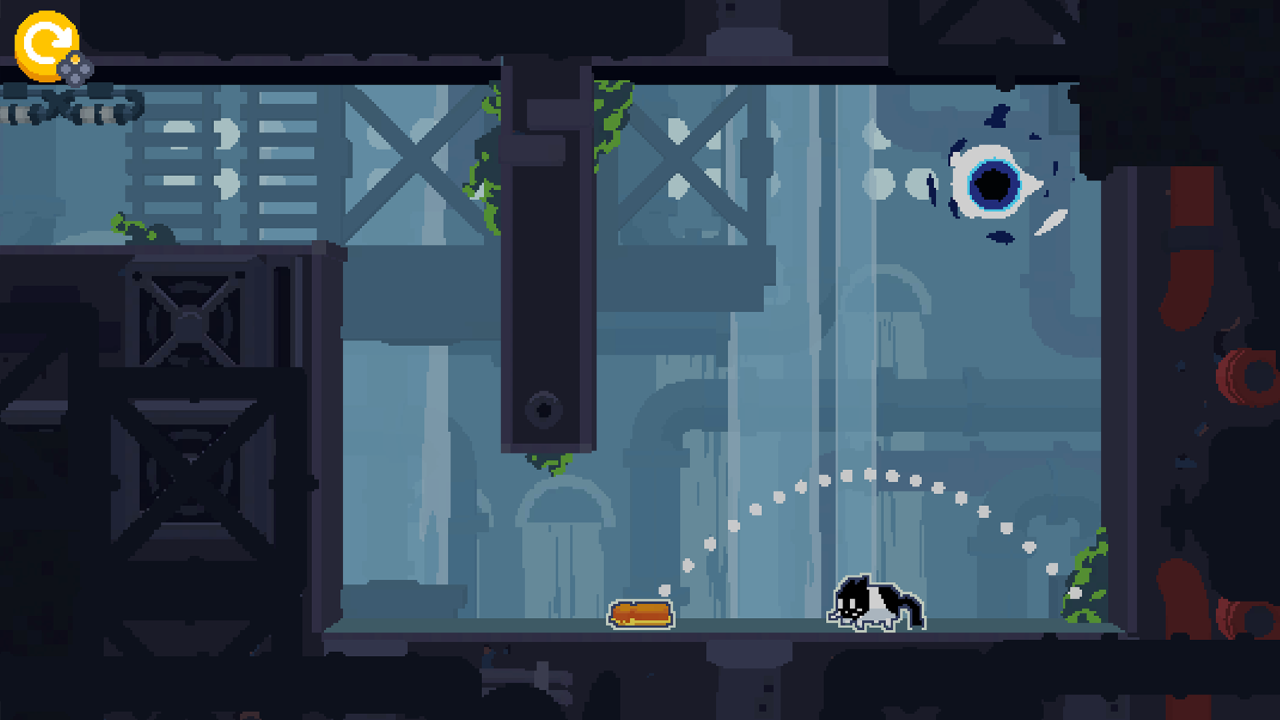
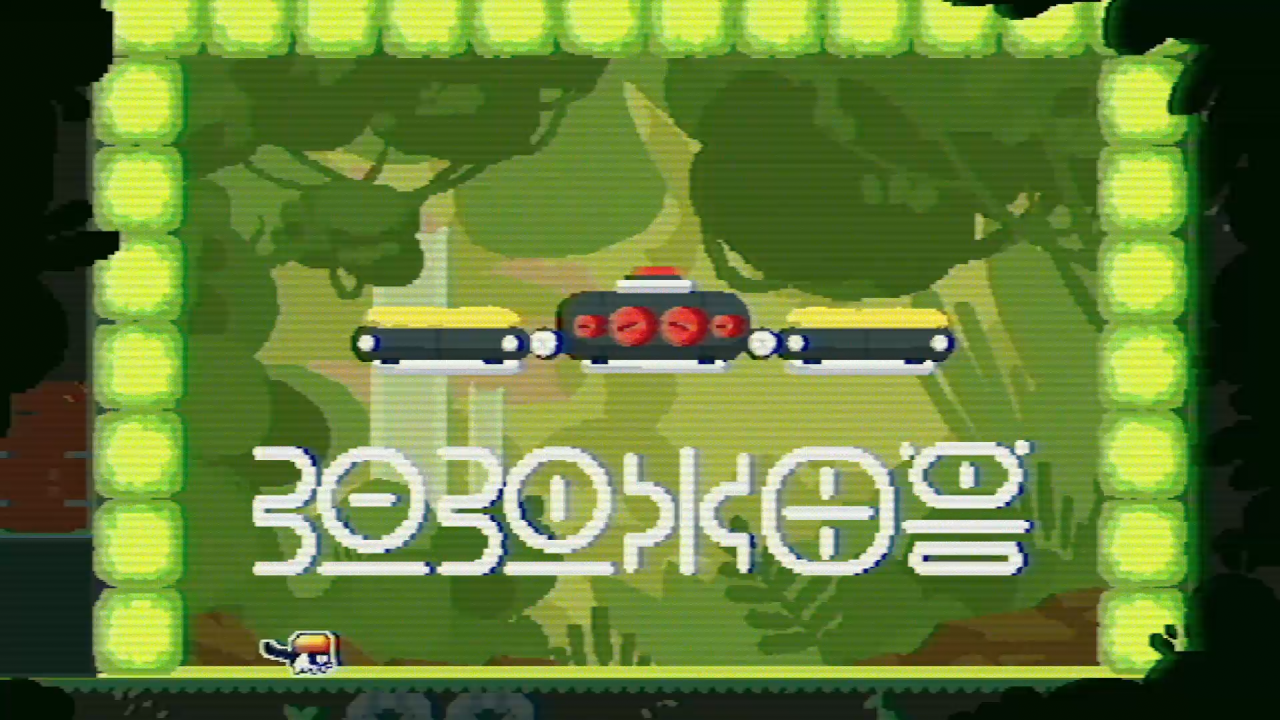
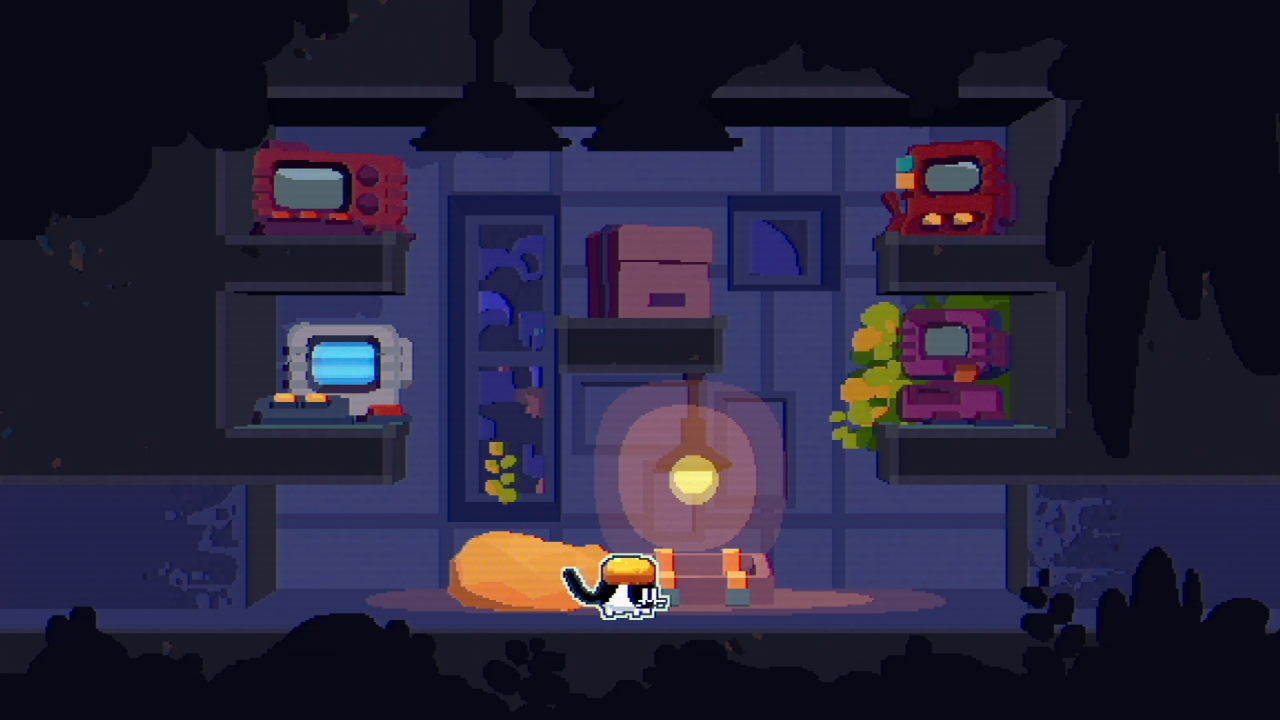
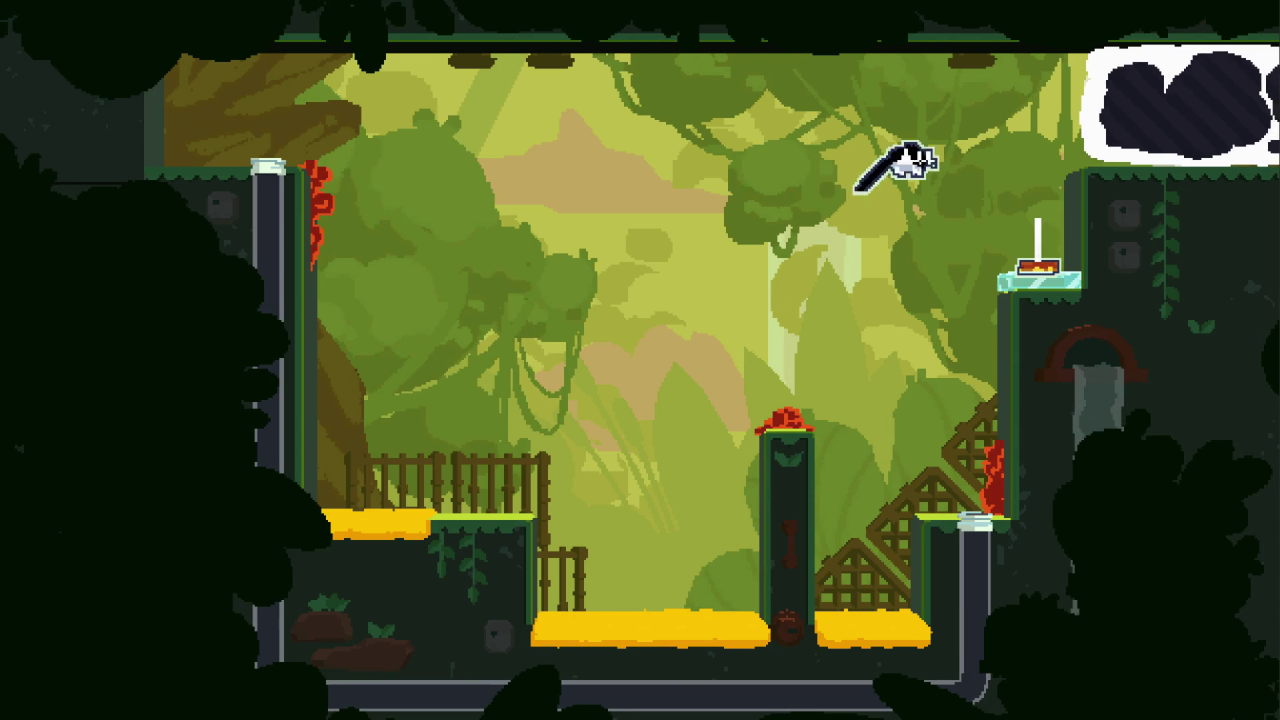
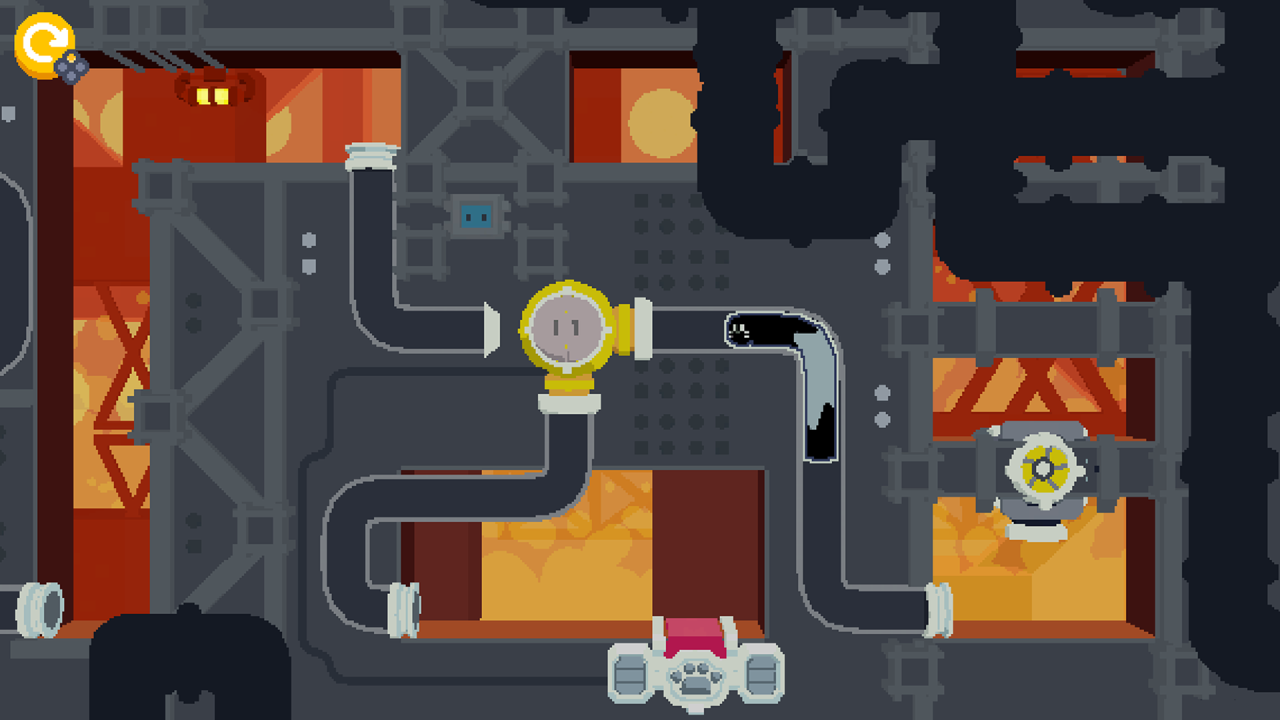
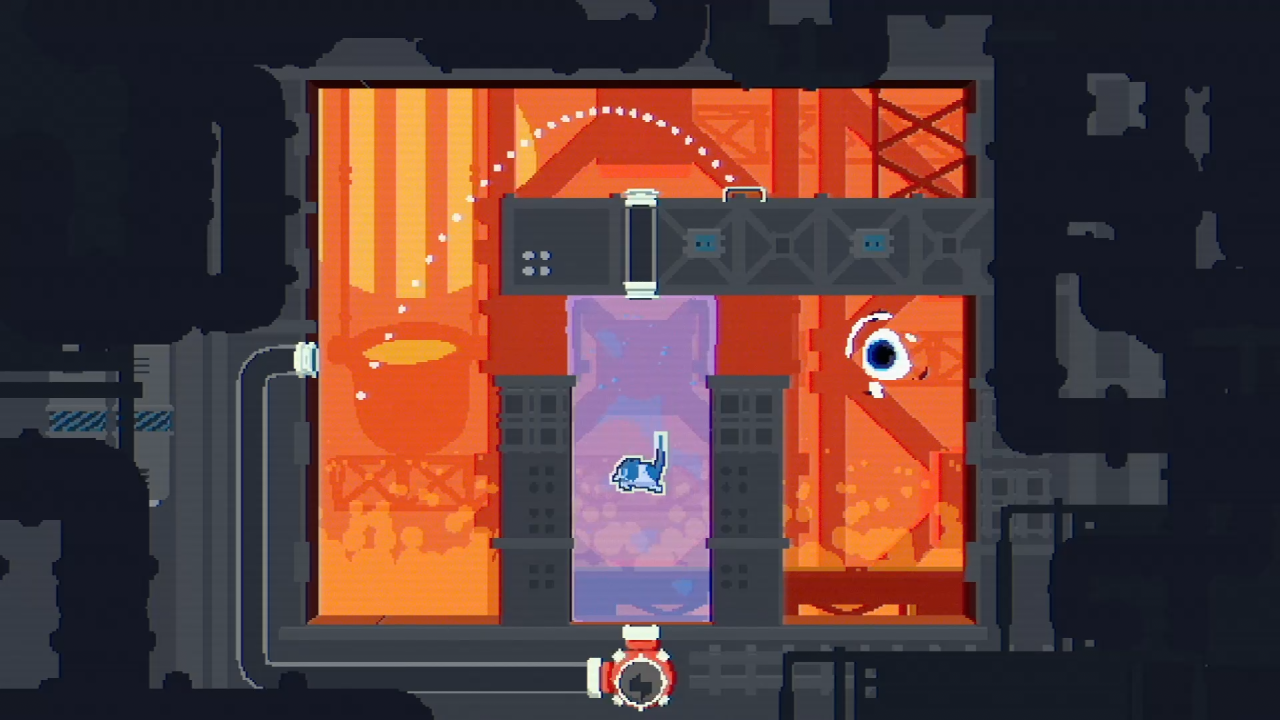
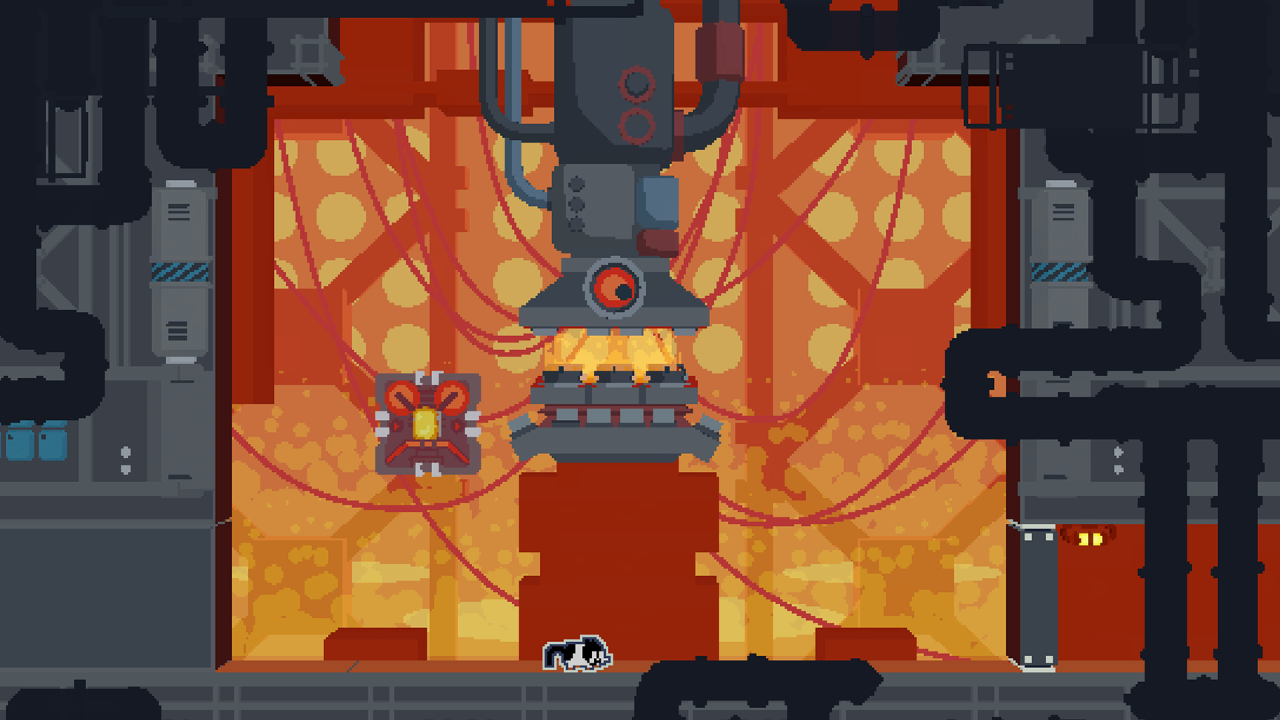
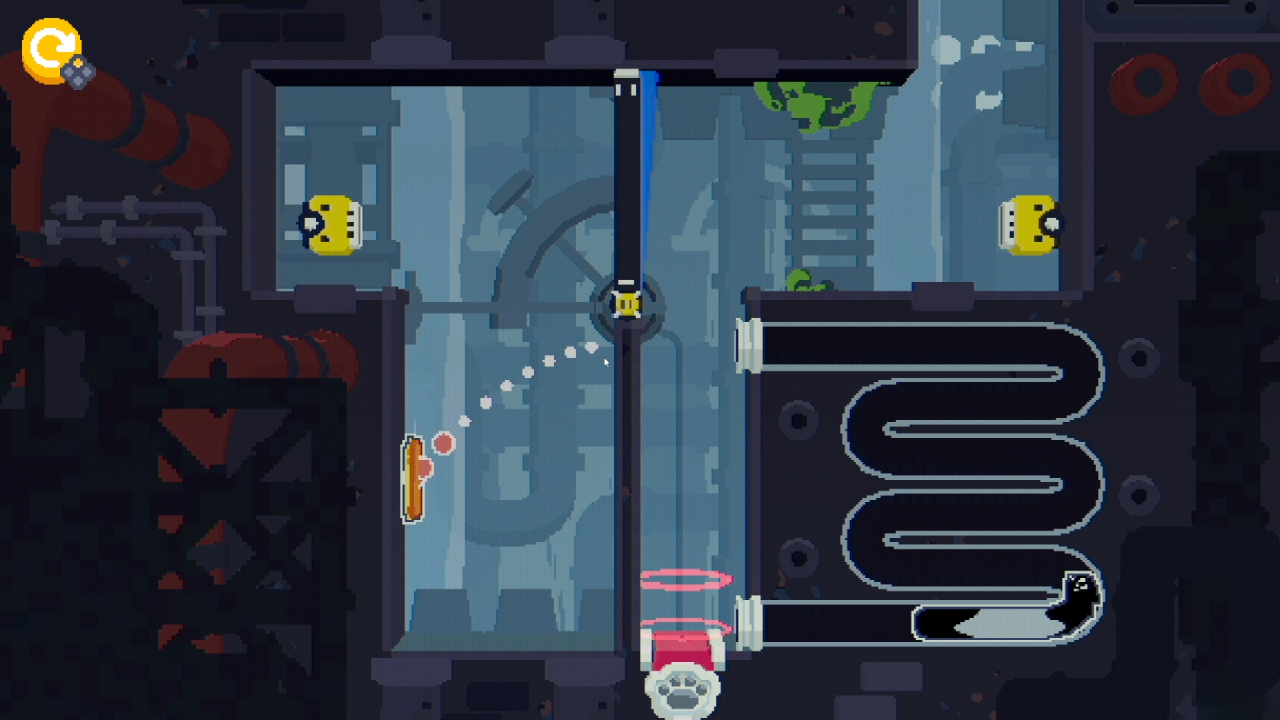
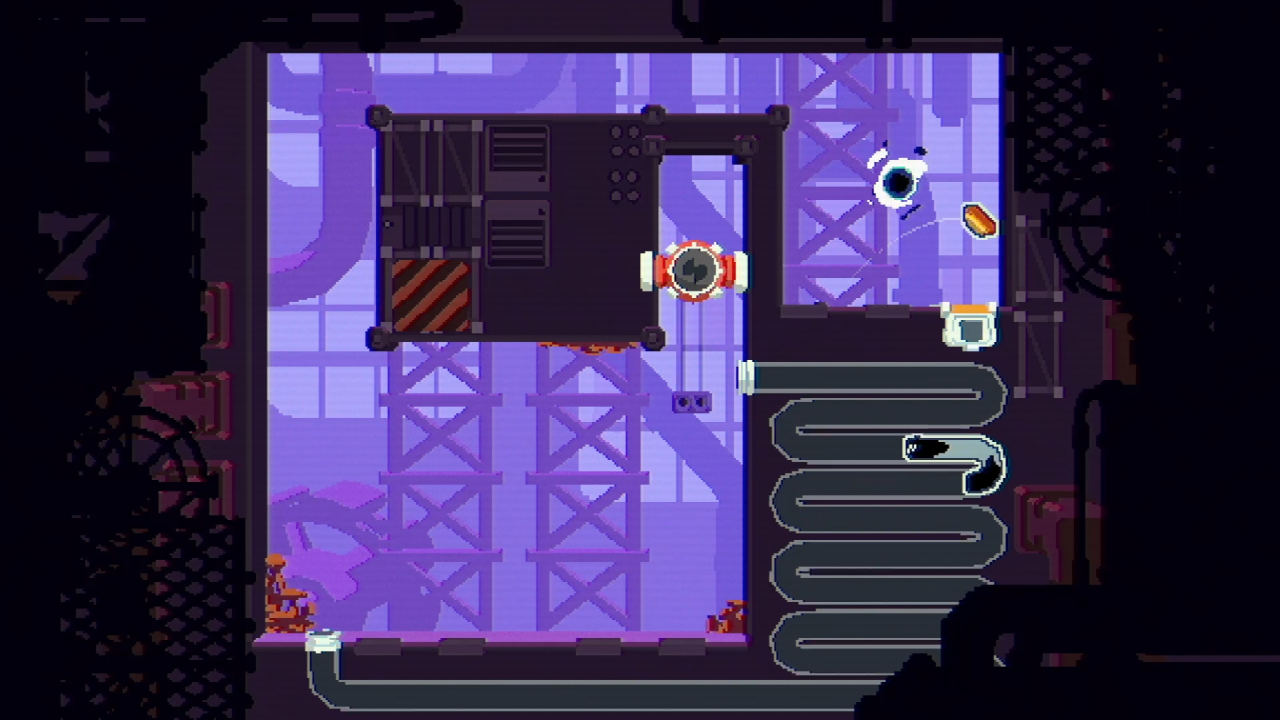
Comments
⚠️ Comments for this post are closed ⚠️